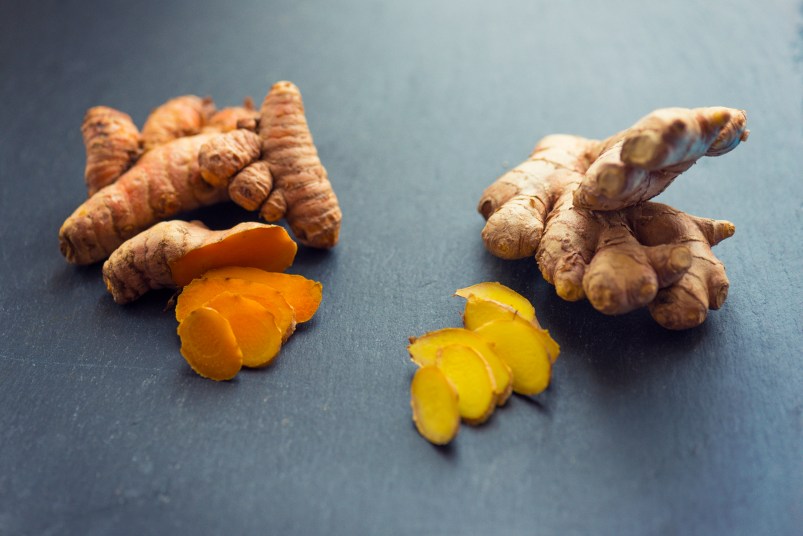5 Ayurvedic Remedies for Diabetes and High Blood Sugar

Traditional systems of medicine often have their own tried and true ways to treat different health conditions. Ayurveda, the Indian sister science of yoga, suggests that all living things are made up of the five elements, and when these elements are out of balance, disease occurs. As for diabetes, Ayurveda has a multi-pronged approach to treating blood sugar issues that has to do with more than just your diet.
In Ayurvedic medicine, there are three energetic types or “doshas” called pitta, vata, and kapha. Every person has a combination of the three doshas, and usually one is more dominant. Diseases and health conditions are characterized by imbalances in the doshas, and therefore, it’s believed that adjusting your diet and lifestyle accordingly can help to ward them off.
Diabetes, in Ayurveda, is characterized by an imbalance of kapha dosha, the energetic type associated with the earth and water elements. Kapha governs our weight, the strength of our bones and muscles, our ability to grow, and lubrication of our joints and tissues, including the skin. When kapha is excessively elevated, we can experience things like weight gain and obesity, congestion, lung conditions like asthma, fatigue and laziness, and a diminished ability to metabolize food into energy or eliminate toxins.
In Ayurveda, it’s said that diabetes is caused by eating too many kapha-elevating foods (like sugar) and a weak digestive fire (or “agni”). Weak agni reduces our ability to metabolize food into energy and eliminate excess sugar from the body. Luckily, Ayurveda has a protocol that can help bring kapha into balance and mitigate any metabolic issues associated with it. Check out a few of the recommended Ayurvedic remedies for diabetes below.
Eat Kapha-pacifying foods.
Eating foods that are light, dry, and spicy can pacify the kapha dosha and help manage diabetes. Vegetables like onions, asparagus, garlic, spinach, peppers, broccoli, Brussels sprouts, cabbage, and cauliflower are all Kapha-pacifying foods. Ginger, turmeric, cardamom, and fenugreek also pacify kapha and can help to lower blood sugar. While we’re often told to stay away from carbs on a diabetes-friendly diet, you can eat some grains on a kapha pacifying diet. These include light, fiber-rich grains like barley, millet, rice, oats, and rye.
Avoid kapha-elevating foods.
At the same time, avoiding foods that increase kapha can help you gain better control of your blood sugar. Foods that are high in sugar elevate kapha (though some honey is considered OK), and you should also generally steer clear of carbohydrates (other than those listed above), red meat, seafood, dairy products, and starchy vegetables.
Prepare your food the right way.
Food preparation can also elevate or decrease kapha. Since kapha has a moist, heavy quality, you want to avoid cooking foods in heavy oils and sauces. Instead, favor dry roasting, baking, and broiling your kapha-balancing foods. Kapha is also known to be cold and wet, so serve your foods cooked and warm and avoid things like ice cream or sweetened iced beverages.
Get some exercise each day.
Modern science tells us that exercise may lower your diabetes risk, and this coincides with Ayurvedic thought. Since kapha is characterized as heavy and sluggish, exercising with moderate to vigorous intensity helps to combat this by increasing blood flow, stimulating the digestive fire and metabolism, and helping with detoxification.
Sync with the sun.
In Ayurveda, it’s said that the sun is related to digestive fire or agni, which regulates our metabolism and thereby affects your blood sugar levels. Syncing your body clock with the cycle of the sun is often recommended by Ayurvedic practitioners when someone is dealing with any type of metabolic disorder like diabetes. Try to go to bed before 10 p.m. and rise with the sun if possible, eating your largest meal when the sun is highest in the sky (and digestive fire is burning most intensely), around midday.
















